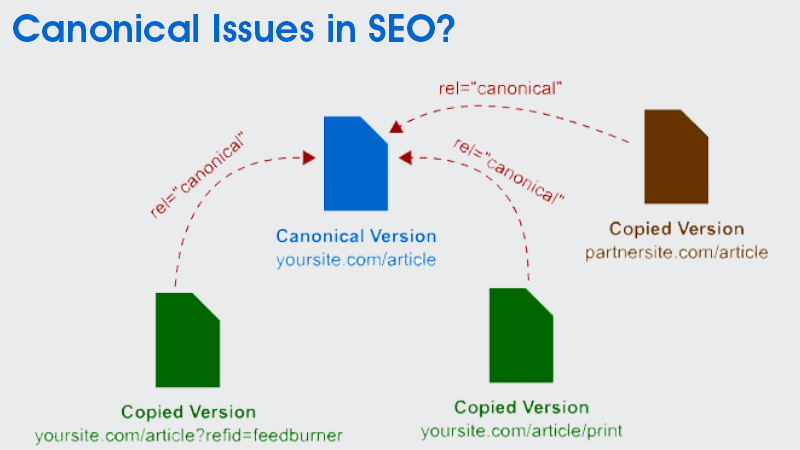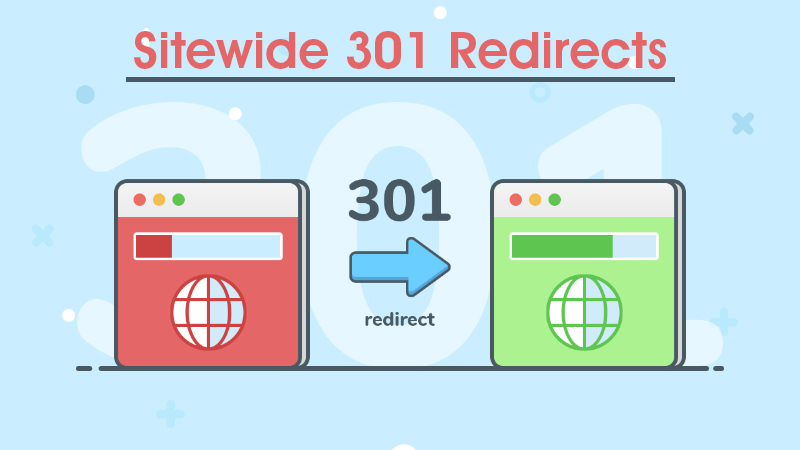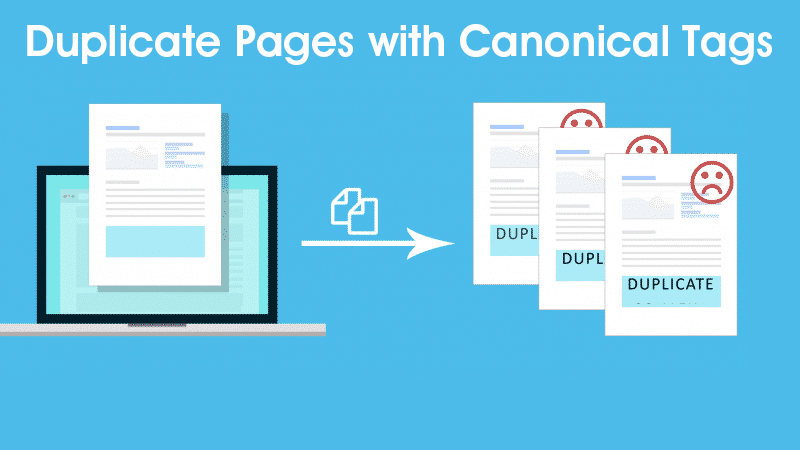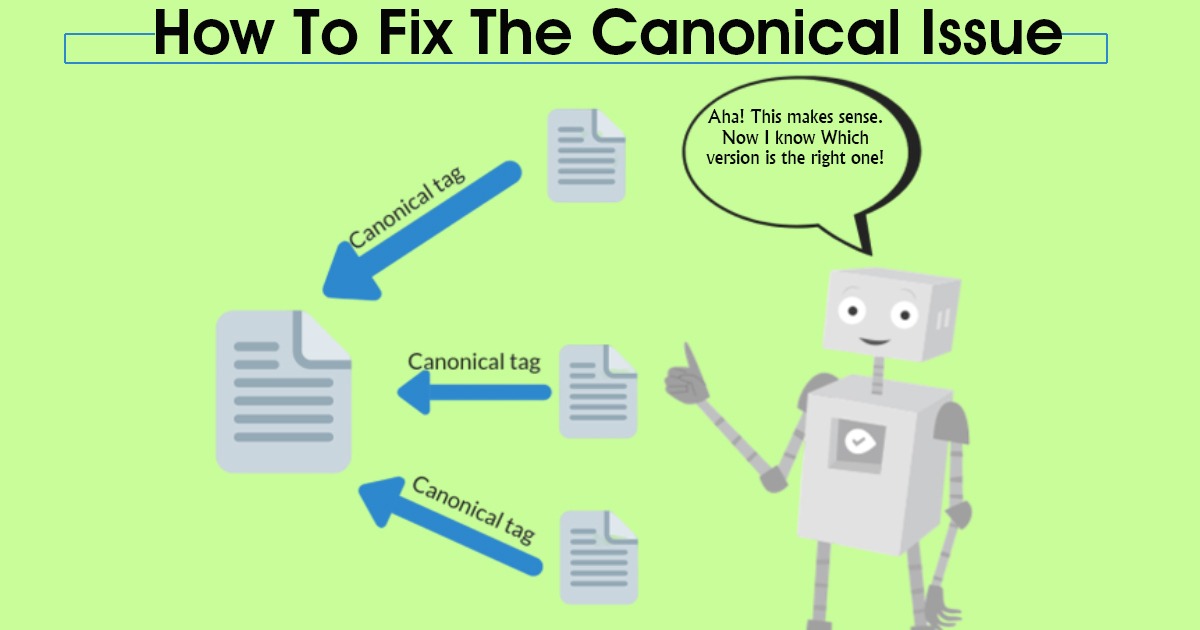The year 2020 has rotated the shift of the market towards digitization. Organizations are empowering their businesses with a strong online presence, effective SEO services, backing up their official website with technological tools, and reducing any possibility of errors or issues. Truthfully, this era calls for digitization more than ever. Today, businesses can not afford to have any issue with their online website in these uncertain times, they do so at their peril.
One of the most common issues SEO professionals face is the canonical issue. However, the lack of understanding of this concept forces them to neglect this error. In this blog, we are going to help you understand the following things about canonical issues-
Table of Contents:
- What Are Canonical Issues in SEO?
- Ways to Fix Common Canonical Issues?
What Are Canonical Issues in SEO?

To simplify, canonical errors arise due to duplicate content on the website. When more than one URLs have the similar or same content, Google finds duplicity and causes problems while URL indexing and your link juice, also known as link equity will fade. Link equity is the way in which a link can pass authority from one page to another. Therefore, you will lose all the rankings of the webpages due to a canonical issue.
Ways to Fix Common Canonical Issues
Depending on the canonical issue you are facing, you choose one out of the two given solutions.
- Implementing 301 redirects
- Adding canonical tags on your website. This will help Google to understand which similar pages are preferred by us to be indexed.
Implementing sitewide 301 redirects
To resolve issues with HTTP/HTTPS and www/non-www, implement a 301 redirect with a .htaccess file. For this process to be successful, your website must be on Linux or Apache server.

Simply add the code given below into your existing .htaccess file of the website if you can open one or write this code on a notepad document and save it as .htaccess.
RewriteEngine On
RewriteCond %{HTTP_HOST} !^www.example.com$ [NC]
RewriteRule ^(.*)$ HTTP://www.example.com/$1 [L,R=301]
Save your .htaccess file and upload it to your server.
Make sure you replace example.com with your domain name. Once you created this .htaccess file, upload it to the root of the domain. This location also consists of the index.php. So, make sure you are uploading in the right place.
After implementing directs, don’t forget to make changes in other files like robots.txt file, sitemaps, etc. to remove bad or broken links on the website.
Adding Canonical Tags to Your Webpages
This method is beneficial for eCommerce websites more than others.
This method gives you the power to make the decision. You can tell Google that you have genuinely kept the content similar using the canonical tag. You can suggest Google to consider the webpage canonical using ‘ rel=canonical’.
If you are using a content management system (CMS), there must be an easier way given to add canonical tags easily on every page rather than manually.
Refer Duplicate Pages to Your Preferred URL with Canonical Tags
This method helps in resolving the canonical issue if your website is both a mobile (m.[site].com) and desktop ([site].com) version. Make one version of the website the canonical version. Add a self-referential tag to each webpage of your canonical version of the website and after that add a canonical tag to each webpage of the other version.

For example, your canonical website is abc.com, and the website on the mobile version is m.abc.com. Now, we will make abc.com (desktop version) the canonical version by adding a self-referential tag. After that, we will add a canonical tag on all the webpages of the mobile version. i.e, m.abc.com/home (home page mobile version) which will point to abc.com/home (home page desktop version).
Note: If you are re-publishing your website content on other websites too, your content will be considered syndicate, and the canonical issues will arise. Make sure the other websites are using canonical tags i.e., ref=canonical pointing towards your actual website. Else, Google search engine might consider it as the primary website with copied content on your website. This will take your website down in Google SERPs.
